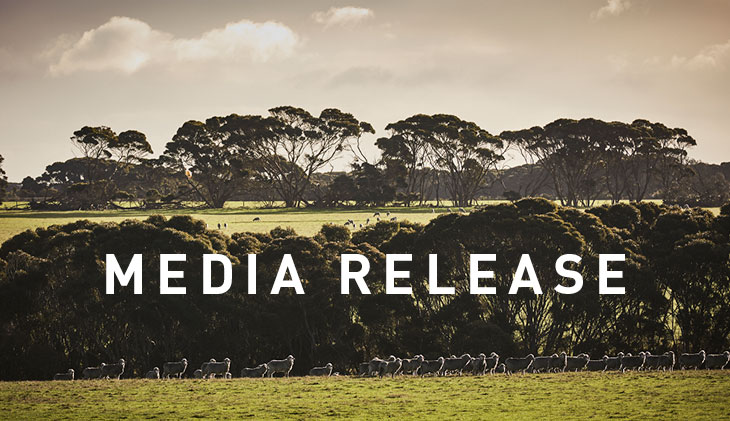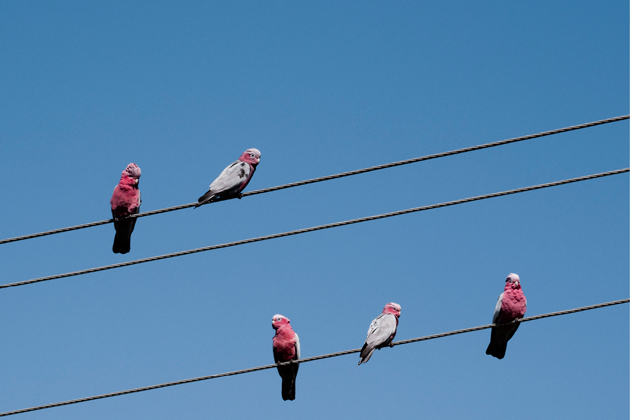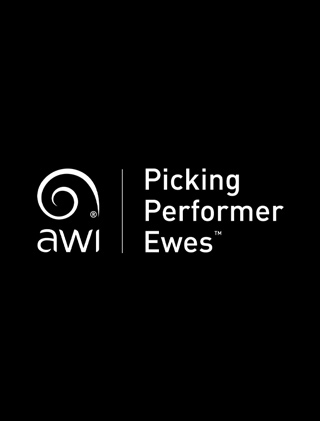Welcome to Australian Wool Innovation, a hub for the woolgrowers of Australia.
Not a woolgrower? Looking for information about wool products, wool care or wool processing?
The Woolmark Company is the global authority on wool. Visit Woolmark.com instead.
Australian shorn wool production forecast for 2024/25 revised down to 279.4 Mkg greasy

The Australian Wool Production Forecasting Committee’s (AWPFC) third forecast of shorn wool production for the 2024/25 season is 279.4 million kilograms (Mkg) greasy. This is 12.0% lower than the 2023/24 estimate and a 6 Mkg greasy downward revision of the August 2024 forecast.
-
The latest Australian Wool Production Forecasting Committee’s forecast of shorn wool production for 2024/25 is 279.4 Mkg greasy, a 12.0% decrease on the 2023/24 forecast.
-
The number of sheep shorn is forecast at 63.2 million, down 11.7%.
-
Shorn wool production is expected to decrease all states.
-
Average cut per head is expected to be comparable with 2023/24 at 4.42 kg greasy, down 0.5%.
The Australian Wool Production Forecasting Committee’s (AWPFC) third forecast of shorn wool production for the 2024/25 season is 279.4 million kilograms (Mkg) greasy. This is 12.0% lower than the 2023/24 estimate and a 6 Mkg greasy downward revision of the August 2024 forecast.
Committee Chairman, Stephen Hill said that "wool producers are making decisions regarding their enterprise mix due commodity prices, input costs and other external factors. Together with variable seasonal conditions, these decisions are pointing towards structural change in the wool industry evident in declining numbers of sheep shorn and consequently shorn wool production”.
Sheep slaughter from July to September 2024 is up 28% compared with same time in 2023 and is 66% above the five-year July to September average.
Average cut per head is forecast to be comparable with 2023/24, at 4.42 kg greasy (down 0.5%). AWTA key test data for the 2024/25 season to the end of November show small year-on-year changes in mean fibre diameter (down 0.3 microns), staple length (up 0.5mm), staple strength (down 0.5 N/ktex), yield (down 1%) and vegetable matter (down 0.3%).
New South Wales is forecast to produce 110.5 Mkg greasy wool (down 7.5%), Victoria 55.9 Mkg greasy (down 14.8%), South Australia 50.3 Mkg greasy (down 13.3%) and Western Australia 44.7 Mkg greasy (down 18.8%). Queensland and Tasmania are forecast to producer 9.7 and 8.3 Mkg greasy respectively (down 4 and 10.8%).
AWTA wool test volume for the 2024/25 season to the end of November were down by 9.9% on a year-on-year basis. Firsthand offered wool at auction during 2024/25 to end of November were down by 17.0%.
Table 1: Summary of Australian wool production

Note: Totals may not add due to rounding.
Table 2: Total shorn wool production by state

Note: Totals may not add due to rounding.
Table 3: AWTA key test data for 2023/24 and 2024/25 (July to November)

The National Committee drew on advice from the six State Committees, each of which includes growers, brokers, private treaty merchants, sheep pregnancy scanners, representatives from State Departments of Agriculture and the Australian Wool Testing Authority. Data and input were also drawn from AWEX, wool exporters, the Australian Bureau of Statistics, ABARES and Meat and Livestock Australia.
The state and national Committees will next meet in late-April 2025.
The full forecast report will be available on the AWI website at www.wool.com/forecasts from 24 December 2024.
Released by:
Kevin Wilde
Australian Wool Innovation, General Manager, Consultation and Engagement
Mobile: +61 436 031 277















